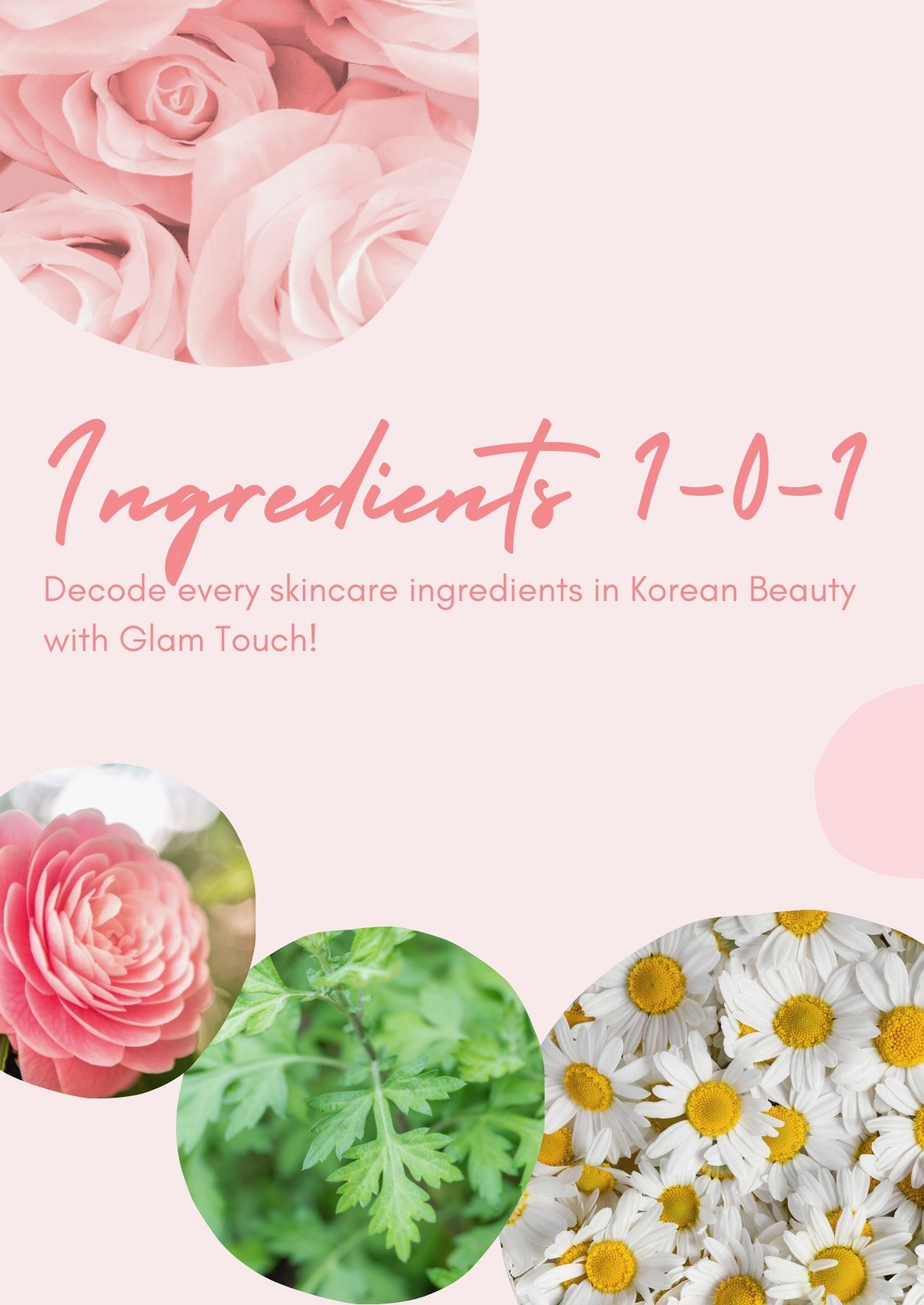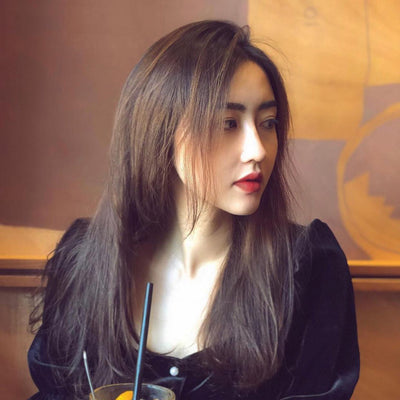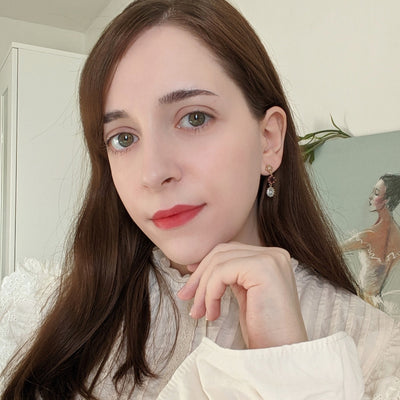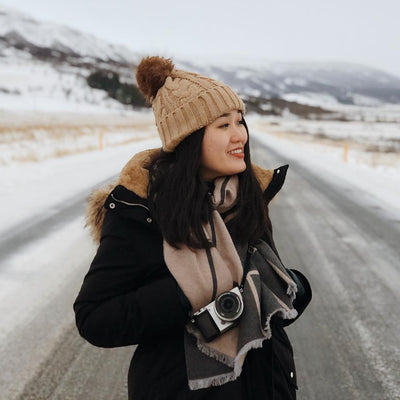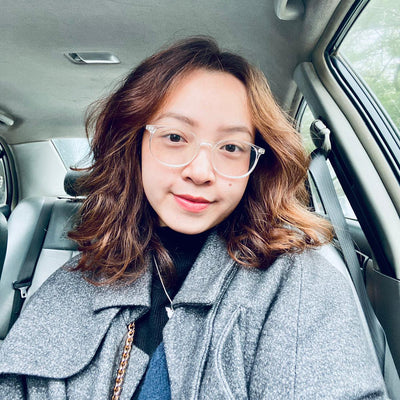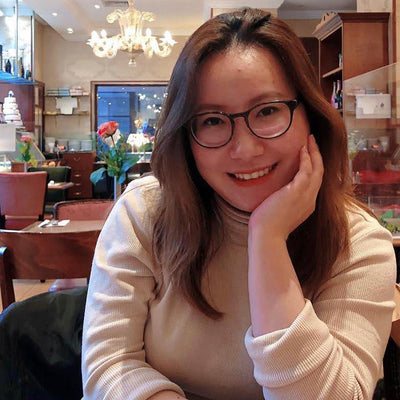K-Beauty Edits
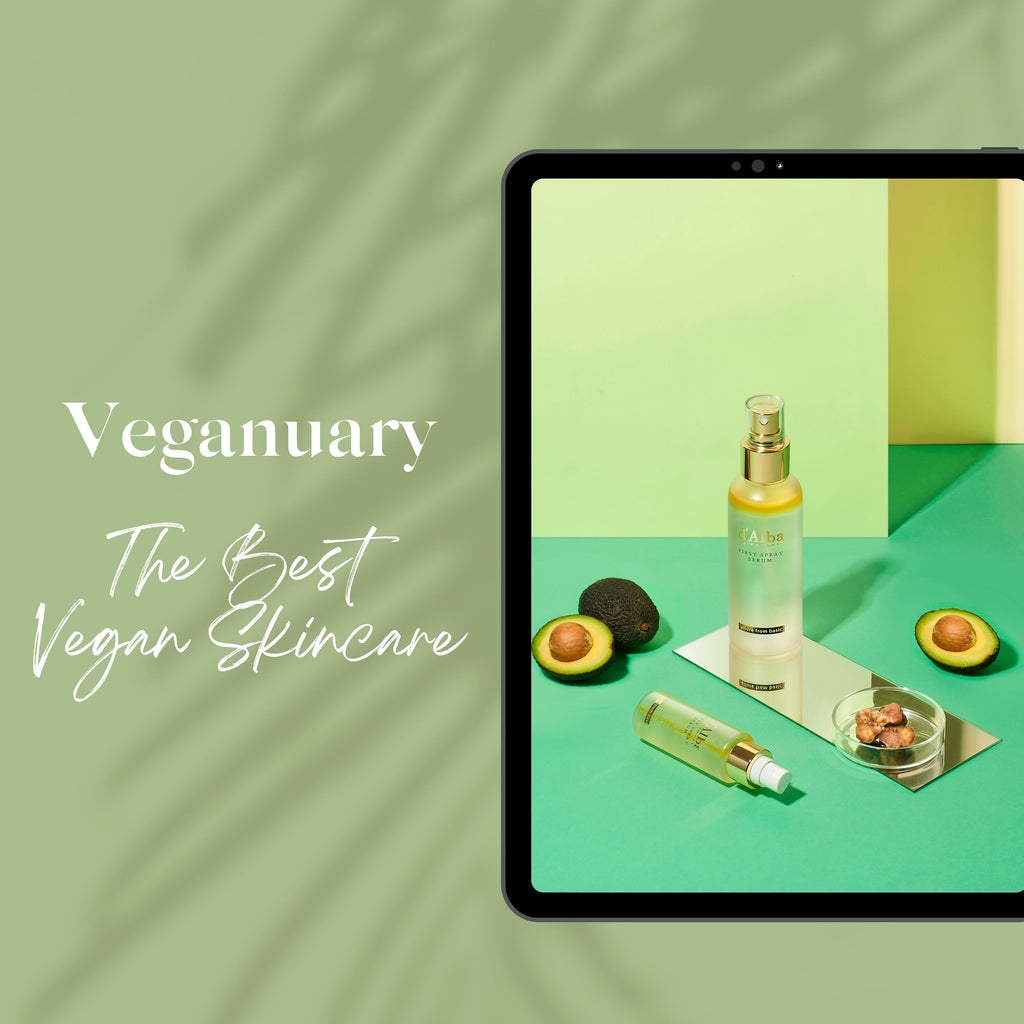
Veganuary: The Best Vegan Skincare For Your Complexion!
Posted by Linh Tran
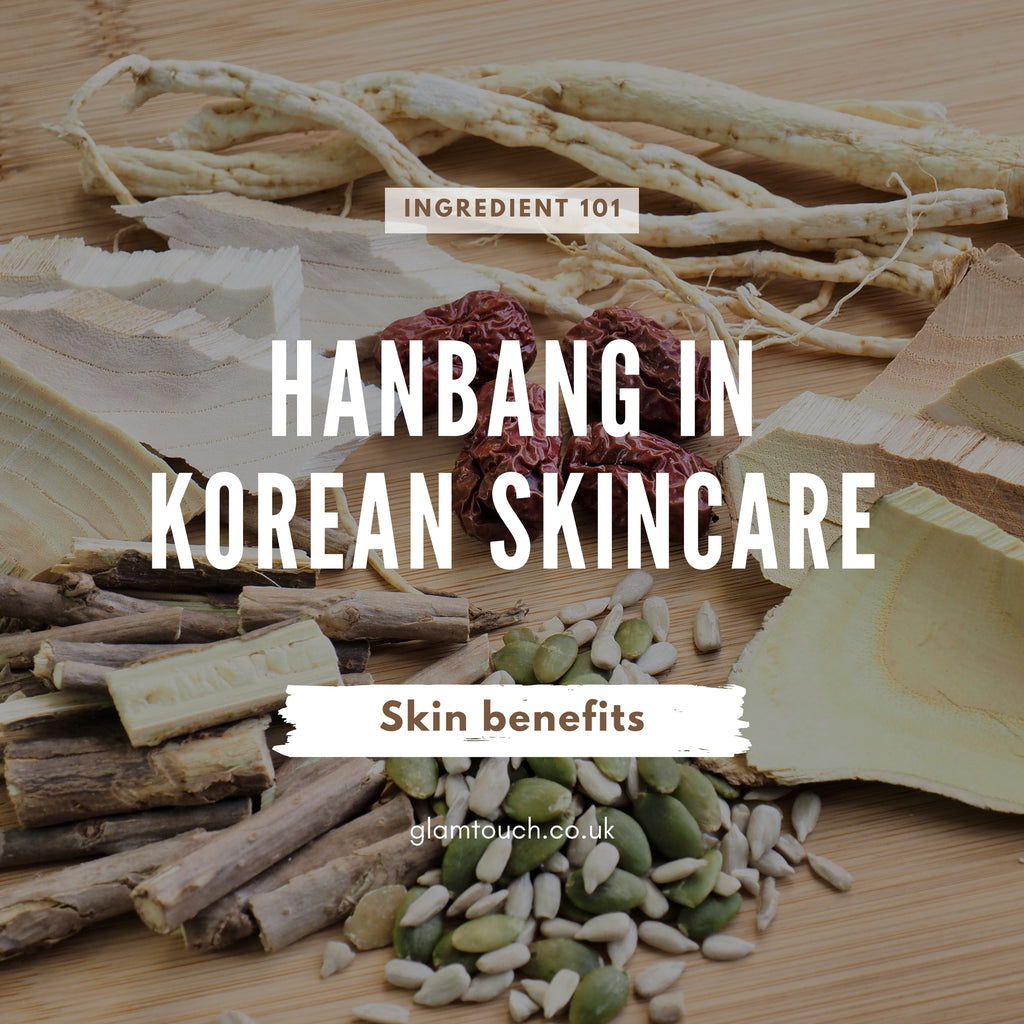
Everything you need to know about Hanbang
Posted by Emma Moseley
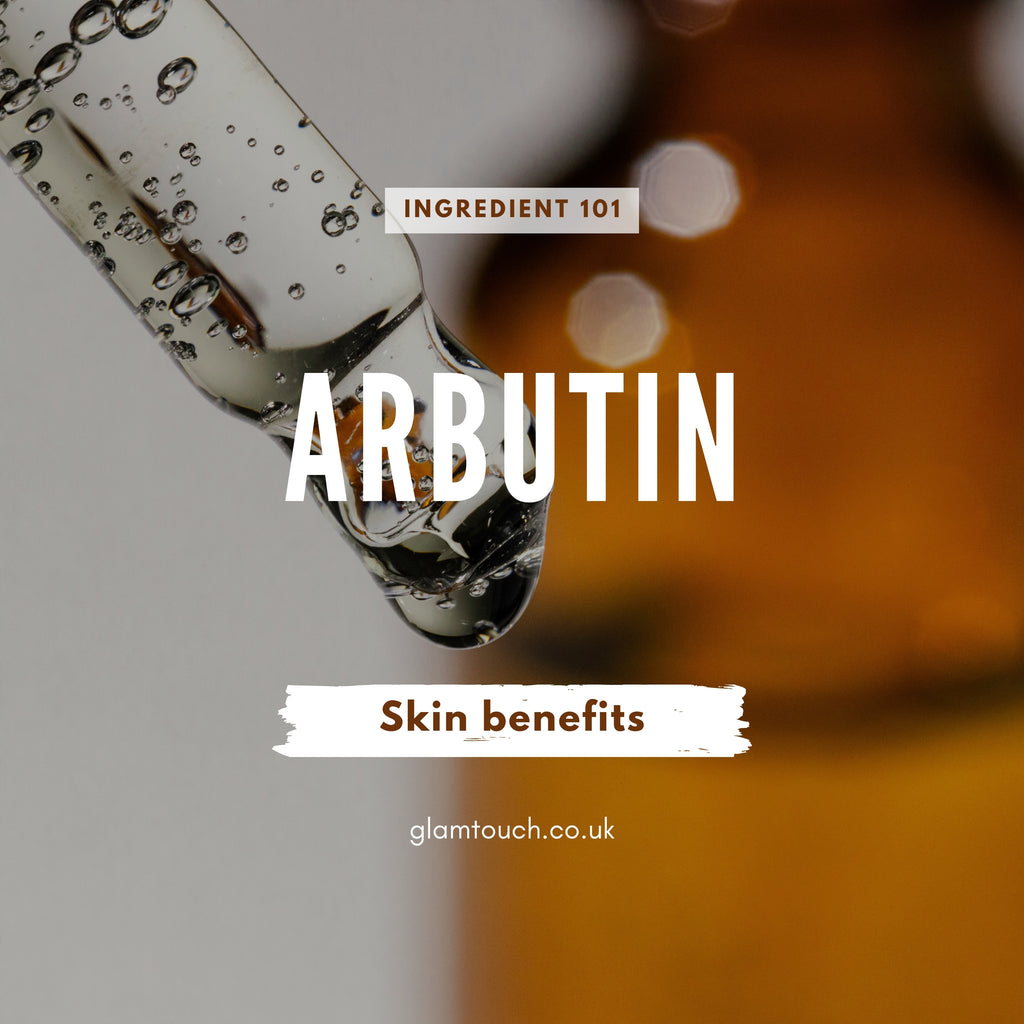
Arbutin: The Underrated Skin-Brightener
Posted by Emma Moseley
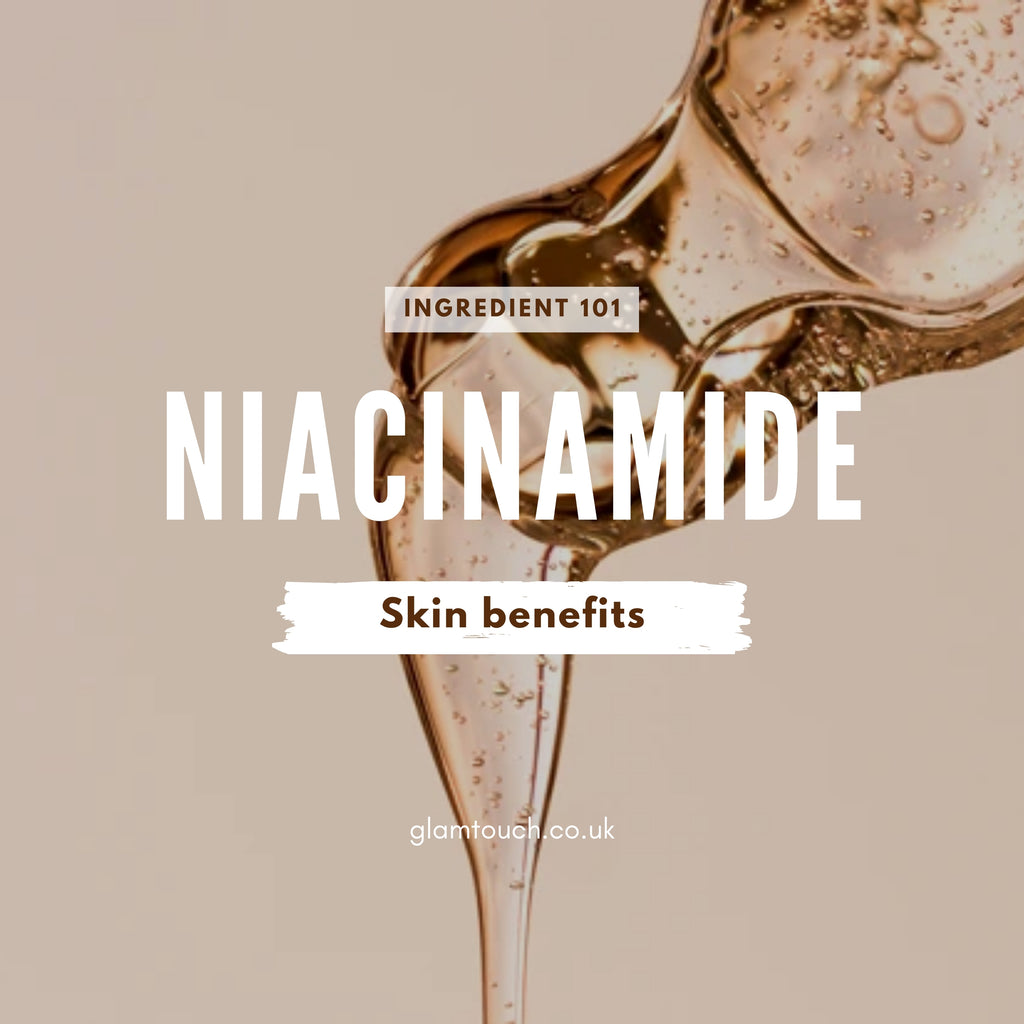
How Niacinamide Helps Your Skin?
Posted by Emma Moseley
The Korean skincare industry is well-known for making the most out of ingredients which serve us in the long run, as opposed to providing temporary solutions for common skin concerns. Niacinamide is one of these ingredients. Niacinamide imposes more than just one benefit and is therefore regarded as an all-round beneficial ingredient, so it’s no surprise why it’s so widely used in skincare.

